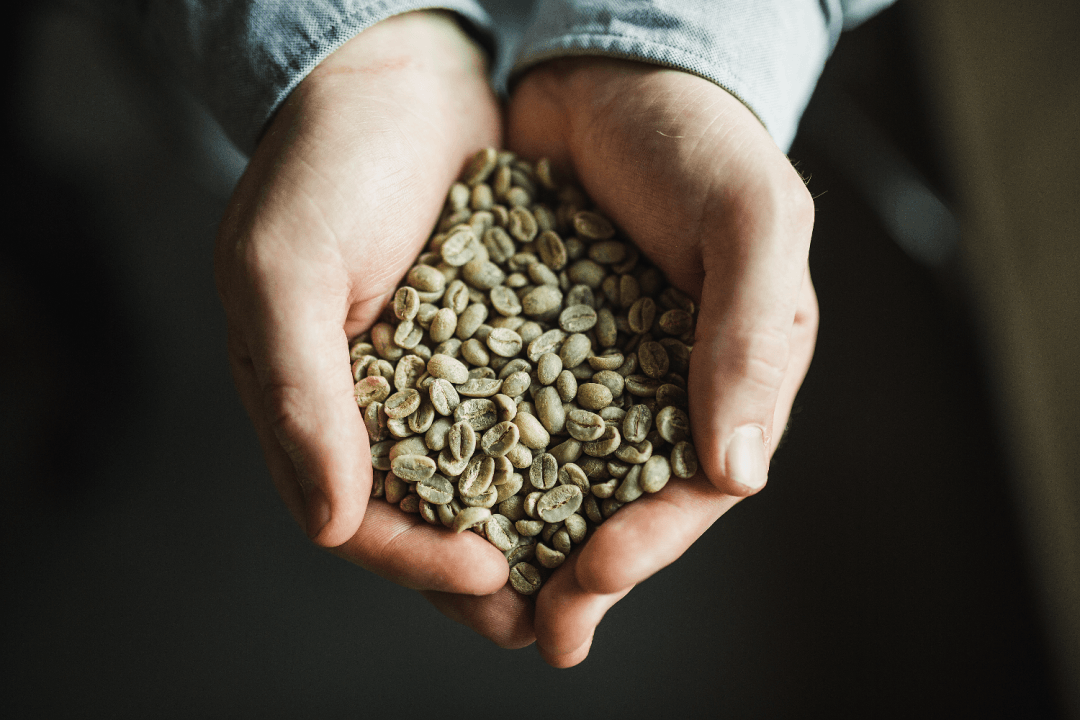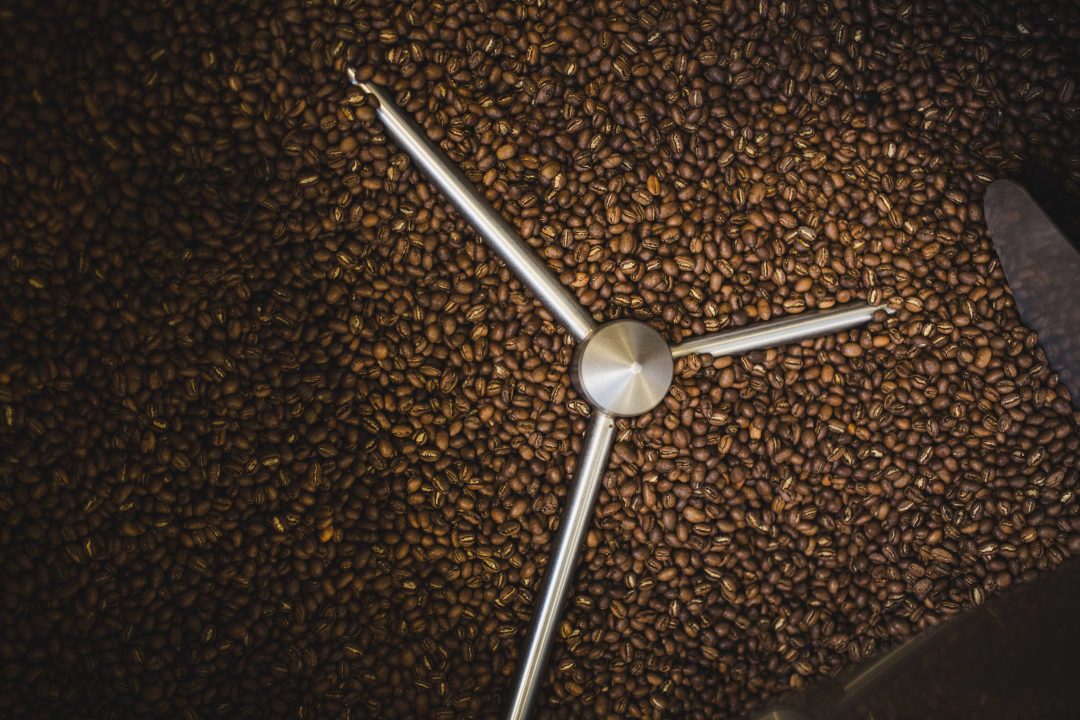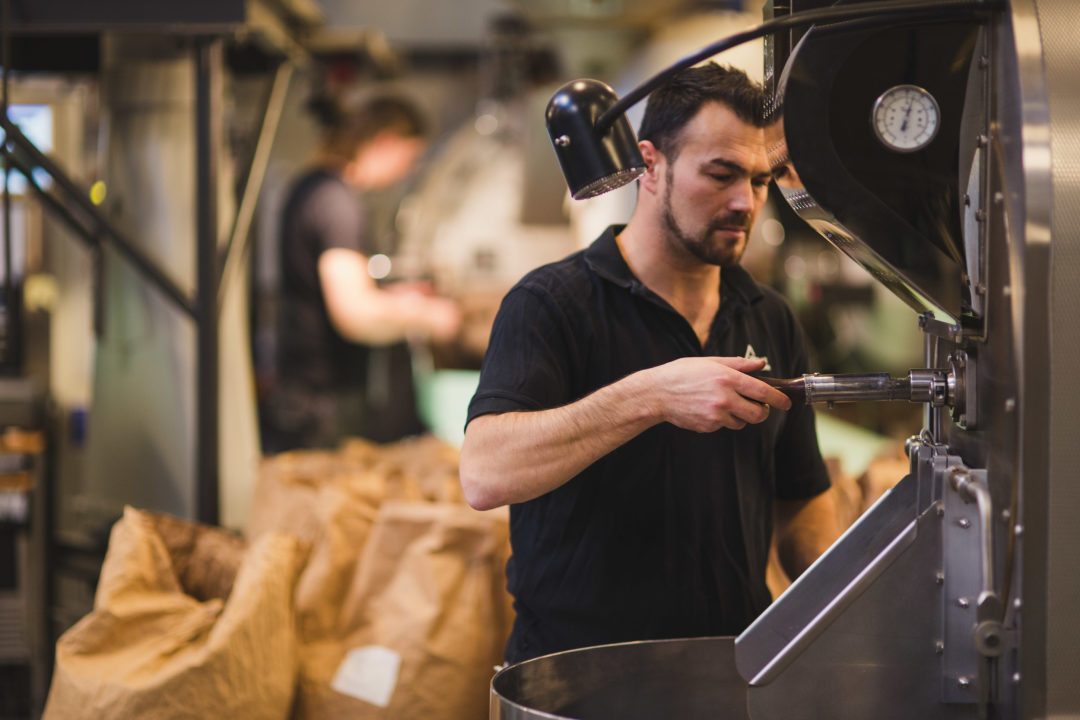- It's during the burning that the magic happens. A somewhat featureless, green matter is transformed into a flavorful starting point for making a fantastic drink. By heat treating raw coffee, the beans darken in color and develop flavor and aroma. Coffee roasting can be explained so simply, but in reality it is an advanced and constantly evolving craft.
Great flavor richness

The challenge lies in harnessing the potential of each individual bean. That's why all our varieties, from farm-grown coffee to espresso blends, are given a tailored roast profile. With access to some of the world's best coffee raw materials, there are high demands when defining roast profiles. This focus on quality contributed to our early introduction of a lighter roast style, known as light roast coffee. In this way, roasting becomes a tool used to highlight the flavor of the ripe coffee berry. This raw material character, which comes from factors such as bean type, growing area, microclimate and cultivation, means that you can taste the difference between regions, countries and continents in a light roast coffee.
"In this way, the roast becomes a tool used to enhance the flavor of the ripe coffee berry."

Perfectly ripened fruit

Because coffee is a raw material with an enormous range of flavors, we mainly roast in a light style here at Solberg & Hansen. This gives us a cleaner and more transparent coffee, with a clearly developed sweetness and flavor from the coffee berry. The natural, fresh acidity adds life and character to the cup. If the raw material is of high quality, this in itself will give the coffee a natural richness.
What we want to achieve is that the distinctiveness of the coffee should come from the raw material, the coffee berry, rather than the roast. Just like in a perfectly ripened fruit. We develop our roast profiles with the aim of highlighting this natural, raw material-derived fruit sweetness.